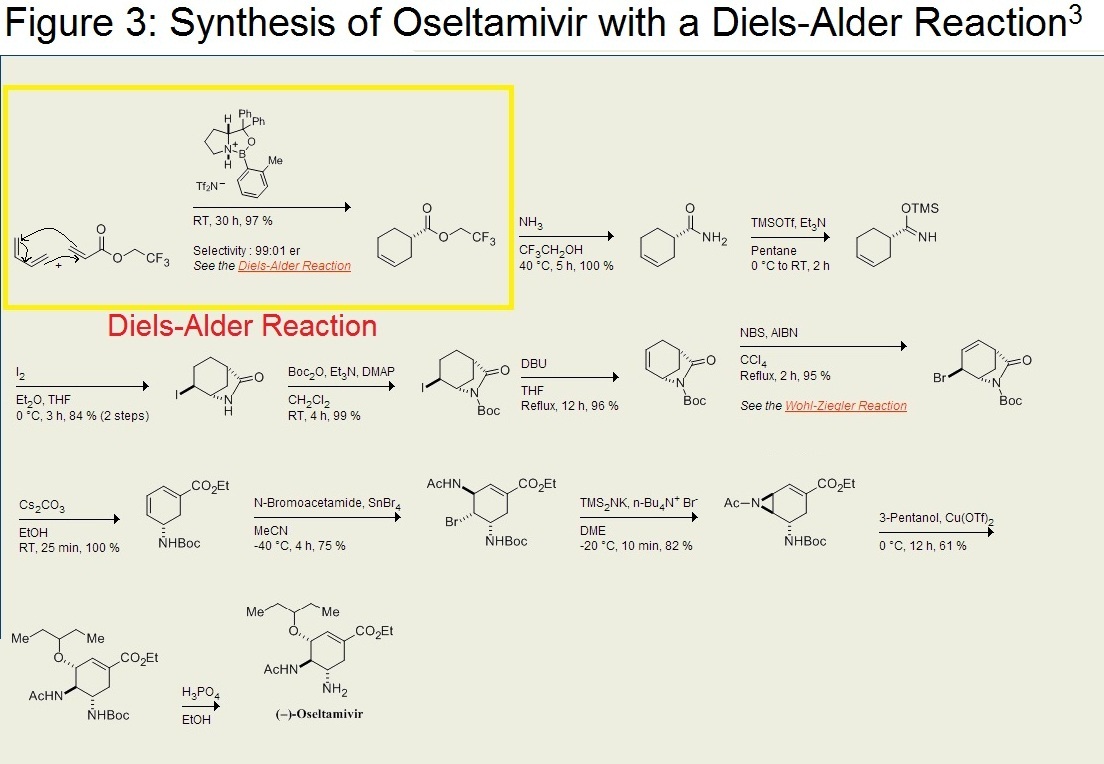As one writing a reflection on taking two semester of
organic chemistry, many things come to mind. Organic chemistry, as thought, was
very challenging. But several valuable lessons were learned—many of which were
not exclusive to chemistry. The first major lesson which was learned is that in
science, patterns dominate. Though there exists (sometimes) confusing
nomenclature, roundabout mechanisms, and a myriad of reactions, many of these
are quite similar to each other. Learning to focus on the broad picture to see
the little picture, through pattern recognition, was the major lesson taken
from the course.
Another very valuable lesson learned from organic was
time management. The volume of information which is expected to be known in
organic chemistry is sometimes overwhelming, and it took a great amount of planning on how to allocate study time in order to maximize study
efficiency. Setting a plan of attack on how to study the material in order to
learn it, and not just memorize it, was a very important lesson learned which
can carry over into other fields of study as well.
Though there are many other lessons which could be
discussed, the last I would like to mention is that there is strength in
numbers. No, these numbers don’t pertain to math (since math is sometimes oddly
scarce in organic chemistry). Rather, forming study groups and making
friendships and connections with others who are struggling to learn the same
thing made organic a very enjoyable experience overall. Learning to reach out
and talk with others in the class about the material proved invaluable time and
time again. Friends build off of each other’s strengths. For example, I may
have understood Monday’s lecture very well, but not Wednesday’s. Conversely,
someone may not have understood Monday’s material but really knew Wednesday’s.
I and that friend could share with each other what we knew best, so that both
would benefit.
The most difficult part of the course for me was time management.
Much of the material was not incredibly difficult, but the volume seemed
enormous at times. Making the time to devote to studying the material was
challenging, but necessary. The most surprising thing about the course is what I
previously mentioned: most of the material was not incredibly difficult. Much
of the course was pattern and trend recognition. This was surprising, since
most “horror stories” of organic are about how difficult the content is. But in
my experience, it was the volume and not the content that made the course challenging.
Because I am not the first, and definitely not the last,
to take an organic chemistry course, I have compiled a list of what I consider
to be the five essential steps which should be taken to complete organic chemistry
successfully:
1.
Do NOT Memorize Material- It is extremely
tempting in organic to memorize the lingo and drawings of reaction mechanisms.
But this is not a good idea, because without understanding why things react as
they do, confusion will inevitably take over and leave you feeling very lost.
Learn the patterns, but know why organic species behave the way they do.
2.
Read the Chapter- It is crucial that you read
the assigned texts in preparation for, and even after, class lecture.
Preparatory reading will put you in the mindset to receive the new information,
even if you don’t fully understand it. Reading after class will solidify what
you just learned and fill in gaps that may have seemed confusing at first. Not
reading is a plan for failure, not success.
3.
Plan Ahead- As stated previously, the volume of
material in organic can be overwhelming. Simply glossing over material before
the exam will not work in organic. You must be prepared to carve out time slots
in your schedule to really examine the material and learn it yourself. You
cannot learn simply by attending class.
4.
Answer Practice Problems- Looking at example
problems is a good start to understanding the reactions which take place, but
it won’t be enough. In your study time, you must be willing to work practice
problems to be sure you really understand what is going on. I would highly recommend purchasing the
solutions manual to the assigned textbook. Answers are not just given, they are
explained to help you understand the material.
5.
Connect with Peers- Organic is difficult, and
your classmates will probably think so too. Do not be afraid to share what you
don’t understand with others so that you can build off of each other’s
strengths and fill in each other’s weaknesses. Organic can be done independently,
but it will be exponentially more difficult than it has to be.
At the conclusion
of two semesters of organic chemistry, you will be required to take a
standardized ACS exam to test you over material from both semesters. This exam
is a good litmus test for how well you have retained information from the course
and how well you understand the concepts. In my experience, the test
corresponded quite well to the course material. Though there were some portions
which were not covered in class, the overwhelming majority were. Therefore, the
exam is a “good” cumulative exam. In my experience, the most difficult part of
the exam was over the content that was not covered. The most challenging
question related to polymers, which we did not discuss to a great extent in
class.
It is my hope
that as you read this blog, you are encouraged to form good study habits and
hit the ground running when you enroll in an organic chemistry course. Though
the course is difficult, it is not impossible. Most of the difficulty comes
from the volume and not the material. Pattern recognition and independent
learning is the key. Do this and you will be on the road to success!










